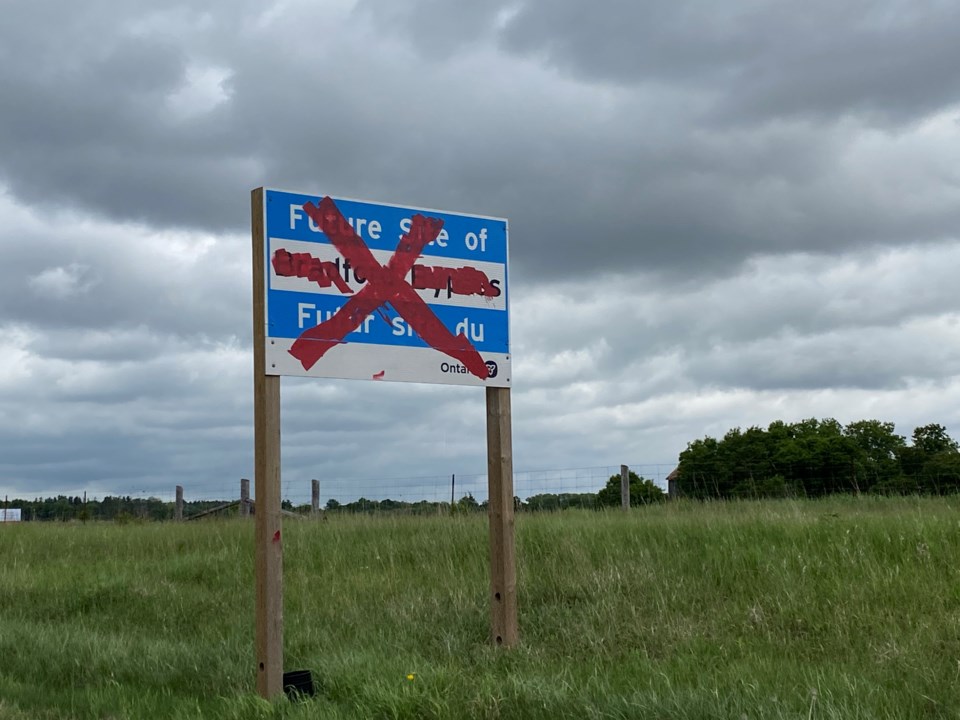BradfordToday welcomes letters to the editor at [email protected]. Please include your daytime phone number and address (for verification of authorship, not publication).
Feb. 2, World Wetlands Day, is an apt time to highlight the Bradford Bypass’ impacts on the Lake Simcoe watershed’s wetlands, and why that matters.
The environmental assessment (EA) used for this 16-kilometre, eight-lane, $2- to $4-billion, sometimes-elevated, 400-series connector highway was completed in 1997. Back then, at the height of Backstreet Boys fame, society at large wasn’t all that concerned about wetlands, or many other things that now seem extremely important to maintain healthy water for drinking, swimming and fishing. That EA did not consider impacts to Lake Simcoe, cumulative effects, climate change, or detail the impacts on natural heritage, migratory birds, fisheries, First Nations cultural heritage impacts or discuss air pollution. You would be wrong to assume that these things have been fixed 26 years later.
The project would lead to the removal of approximately 39 hectares of wildlife habitat including 9.5 hectares of the provincially significant Holland Marsh in the Greenbelt. In its 1993 review of the project, the Ministry of Natural Resources (MNR) indicated, “We do not feel that the two crossings of the Holland River on the west side of the study area could be done without significant loss of wetland values regardless of the construction techniques used.” The MNR said that the wetland traversed “is the most significant wetland in (southern) Ontario, and is about to be designated one of the key wetlands in eastern North America.”
The project would also require the crossing of 13 watercourses along the length of the highway, including the east and west branches of the Holland River. The 1997 EA predicted serious stormwater and groundwater contamination, with unknown effects on fish habitat within the Holland River and Lake Simcoe. The east branch of the Holland River alone contains 24 native fish species.
The Lake Simcoe watershed has almost enough wetlands. Scientists say 20 per cent wetland cover is OK, and we have about 18 per cent now. Good news for us — but this is no time to weaken protections and remove some of our most important wetlands. If the project is such a brilliant plan, why is there no updated traffic study that justifies this location? What justification is there for the removal of the very natural features that help buffer us from the impacts of climate change, and provide a safe habitat for our fish? A transparent reconsideration of the route is the least the province should do.
We make a point of celebrating wetlands because they clean our air and water, support flood management, and host huge numbers of wildlife, insects and fish. On World Wetlands Day, please stop to consider how leaving wetlands behind makes our world a happier place for fish and fishermen, and a healthier place for everyone.
Claire Malcolmson
Executive director, Rescue Lake Simcoe Coalition



